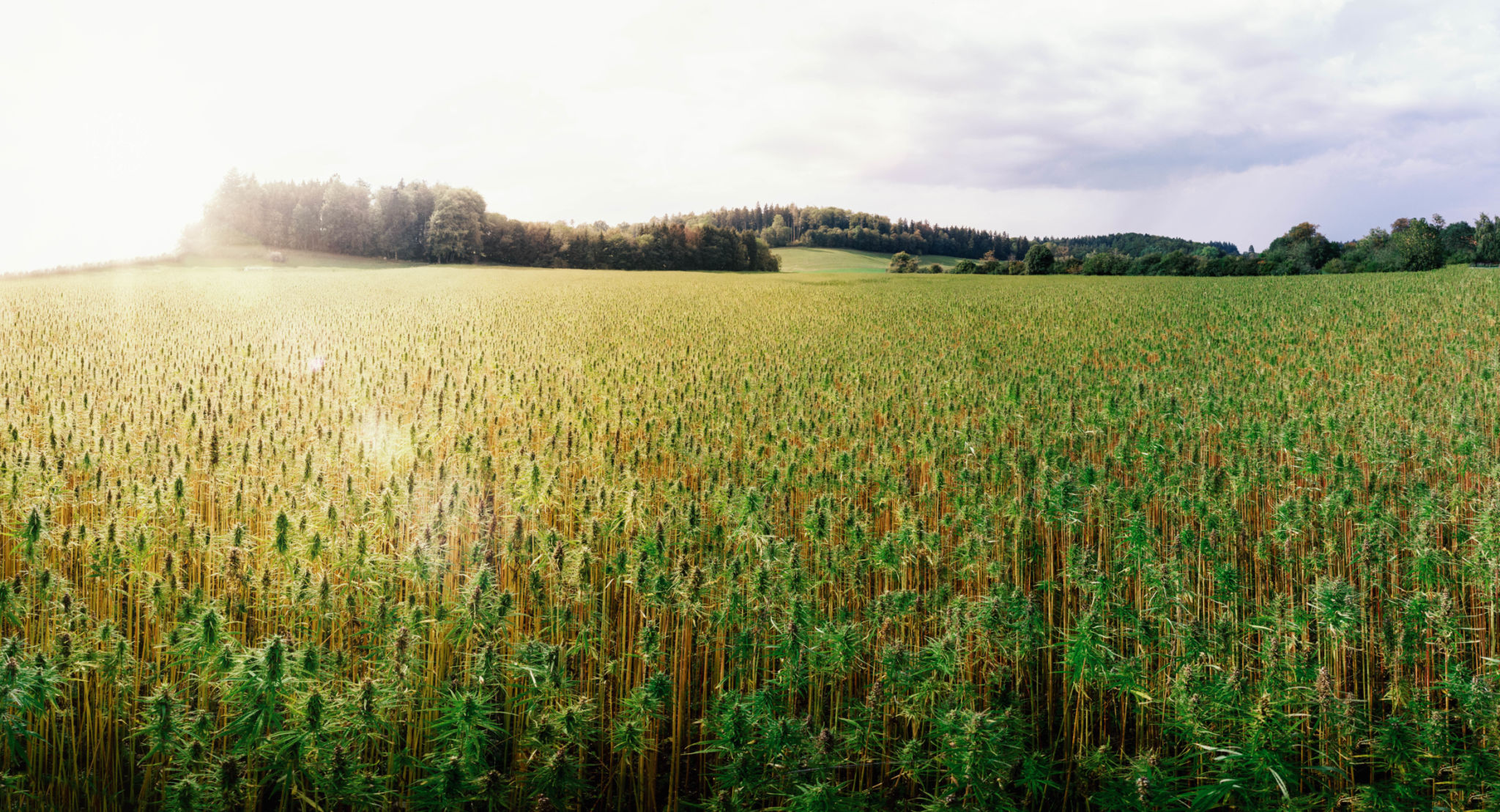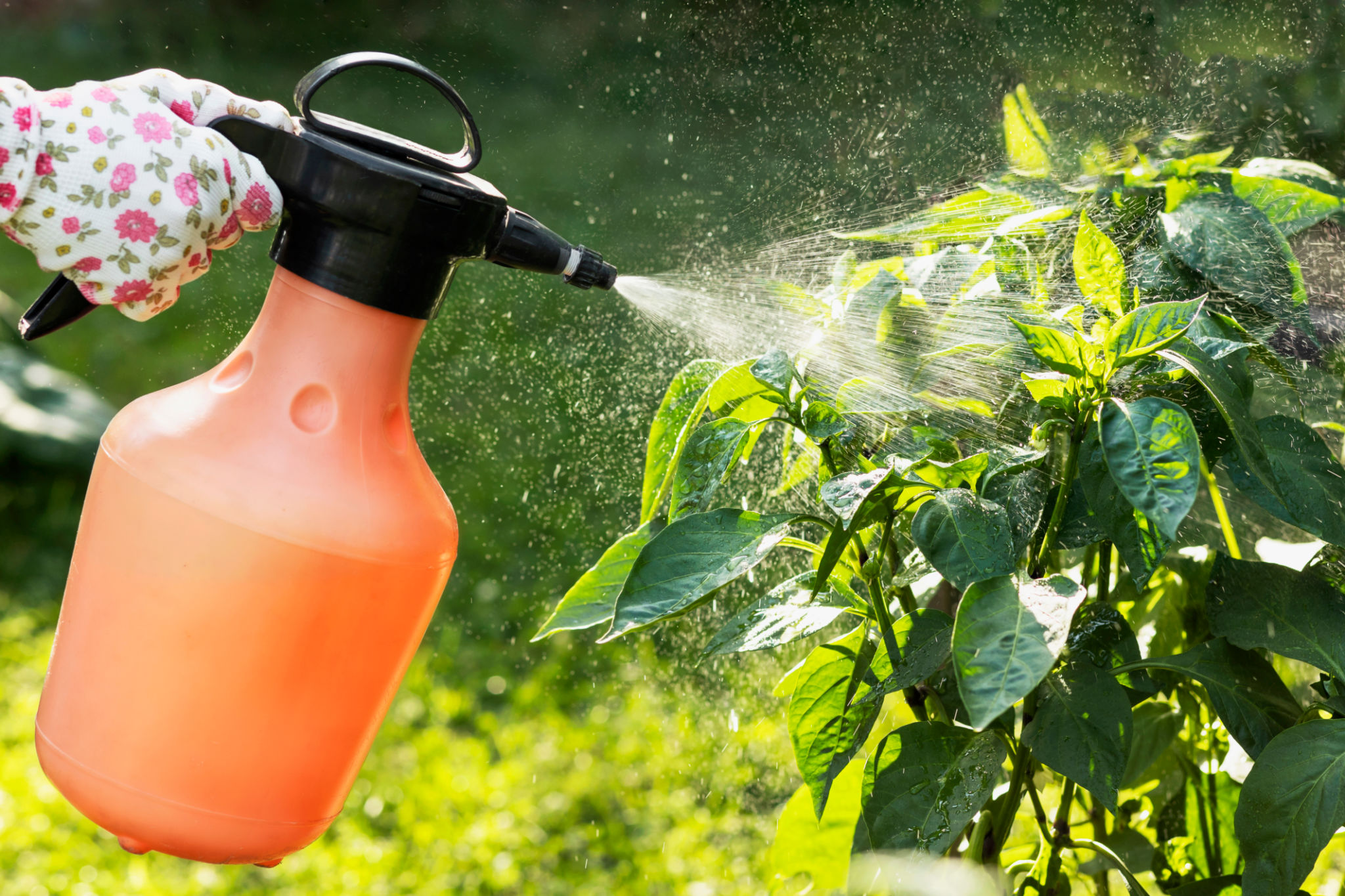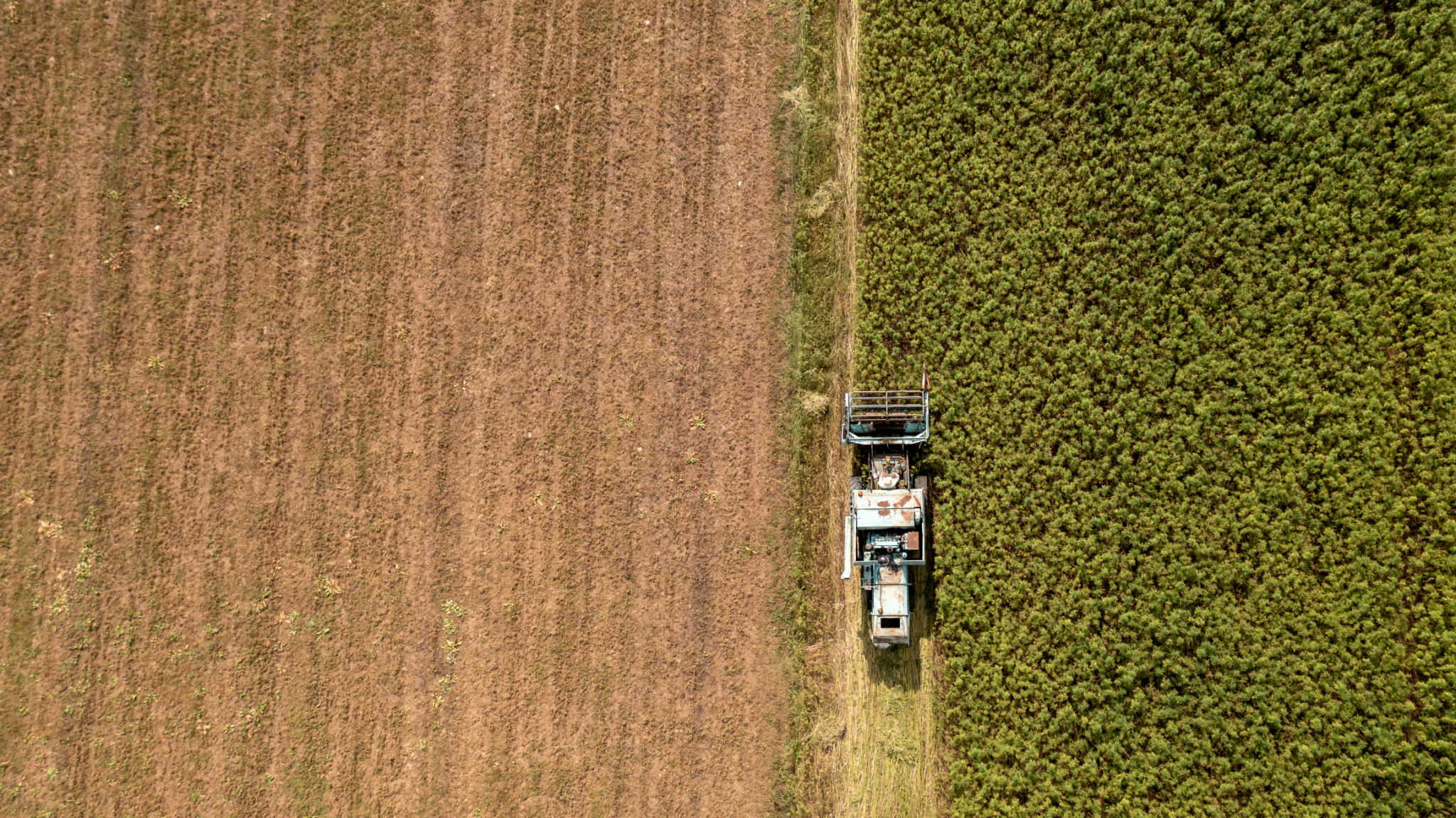Expert Tips on Maximizing Hemp Yield and Quality
Understanding Hemp Growth Requirements
Hemp is a versatile plant with numerous environmental benefits and diverse uses. To maximize yield and quality, it's crucial to understand the plant's growth requirements. Hemp thrives in well-drained, nutrient-rich soil with a pH between 6.0 and 7.5. Ensuring optimal soil conditions is the first step toward a successful harvest.
Additionally, hemp requires ample sunlight, ideally 12 to 14 hours a day during its vegetative stage. This necessitates careful planning of planting times, particularly in regions with variable daylight hours. Regular monitoring of environmental conditions can help growers anticipate and mitigate potential issues.

Choosing the Right Hemp Strains
Selecting the appropriate hemp strains is vital for maximizing both yield and quality. Growers should consider their specific goals, such as producing fiber, seeds, or CBD oil, when choosing strains. Each strain has unique characteristics that affect growth patterns and end-product quality.
Researching and experimenting with different strains can help identify those best suited to your local climate and soil conditions. Collaborating with seed suppliers to understand the genetic background of each strain can also provide valuable insights. Investing time in selecting the right strains pays off in higher yields and better quality.

Nutrient Management Strategies
Proper nutrient management is critical for healthy hemp growth. Hemp plants require a balanced supply of nitrogen, phosphorus, and potassium, along with secondary nutrients like calcium and magnesium. Conducting regular soil tests can help determine nutrient deficiencies and guide fertilizer application.
Organic fertilizers are often recommended for hemp cultivation due to their environmental benefits and ability to improve soil health. Implementing a nutrient management plan tailored to your specific soil conditions can significantly enhance plant vitality and yield.

Irrigation Techniques for Optimal Growth
Irrigation plays a crucial role in maximizing hemp yield and quality. While hemp is relatively drought-resistant, consistent water supply is necessary to support robust growth. Drip irrigation systems are often favored for their efficiency and ability to deliver water directly to the plant roots.
Monitoring soil moisture levels ensures that plants receive adequate hydration without overwatering, which can lead to root rot and other issues. Employing smart irrigation technologies can automate this process, allowing for precise water management throughout the growth cycle.
Pest and Disease Management
Pests and diseases can significantly impact hemp yield and quality. Implementing integrated pest management (IPM) strategies helps minimize chemical use while effectively controlling pest populations. Regular inspections and early identification of issues are key components of successful IPM.
Biological controls, such as introducing beneficial insects or using organic pesticides, can effectively combat common hemp pests like aphids and caterpillars. Maintaining healthy plants through proper nutrition and hygiene practices also reduces susceptibility to diseases.

Harvesting Techniques for Quality Preservation
The timing and method of harvesting are crucial for preserving the quality of hemp products. Harvesting too early can result in lower cannabinoid content, while delaying harvest risks crop degradation due to weather conditions or pest infestations.
For fiber production, harvesting typically occurs when plants reach early flowering stages, while grain production requires waiting until seeds mature fully. Implementing efficient drying and curing processes post-harvest ensures that cannabinoid levels are maintained, enhancing product quality.

Utilizing Technology for Enhanced Yield
Technology plays an increasingly important role in modern hemp farming. Precision agriculture tools like drones and sensors provide real-time data on plant health, soil conditions, and environmental factors. Leveraging this information allows growers to make informed decisions that boost yield and quality.
Adopting data-driven approaches helps optimize resource use, from water conservation to targeted nutrient application. As technology continues to advance, staying abreast of new developments can give growers a competitive edge in maximizing hemp production.